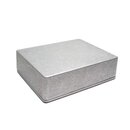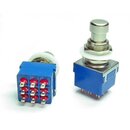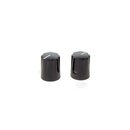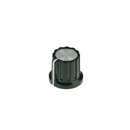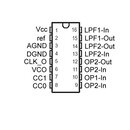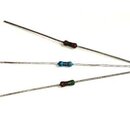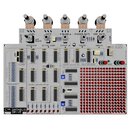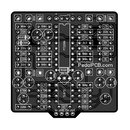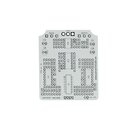Hydra Delay kit
Description
The Hydra Delay simulates a band echo with 4 heads. The individual parameters like speed, repetitions, age of the tape, volume and mix can be adjusted. With the 4 toggle switches you can also switch the individual sound heads on and off.
.This kit contains the PCB and all necessary parts. The enclosure can be selected, please select 5 knobs for 6,3mm shaft separately.
Here is the bill of material: bill of material
This project is by PedalPCBs, in cooperation with Musikding. If you have any problems with the contents of the kit, please contact Das Musikding (Klaus).
Here is the direct link to the manual with layout and schematic:
Instructions
Ratings (5)
Average product review
Total entries:
5
Total entries:
5





 English
English German
German